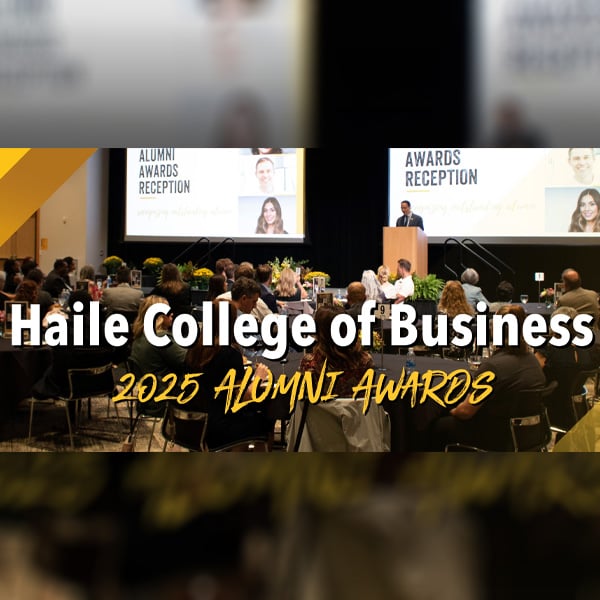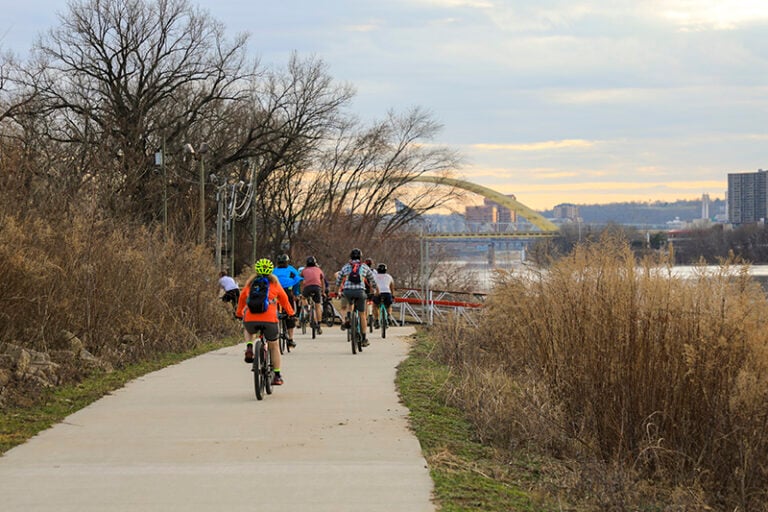Conference builds support for “age-friendly” expansion nationwide
I recently returned from a national conference in Washington D.C. intended to introduce attendees to the latest thinking taking shape in the development of “age friendly” and livable communities across the U.S. and around the world.
This two day event brought together over 200 participants from 30 states and Puerto Rico representing cities either currently engaged in the “age-friendly” movement or anxious to do so.
Inspired in part by the World Health Organization in 2007, “age-friendly” or “livable” communities has served as a “wakeup call” and challenge to cities around the globe to better prepare for the massive shift in demographics already taking place. The U.S. initiative, spearheaded by AARP, has grown from just six cities in 2012 to sixty-one (61) in 2015. There are currently 288 cities in 33 countries taking part worldwide.
The conference also brought together a number of city planners, funders, and academics interested to learn the most recent information emerging from this innovative grassroots initiative. They came too, to gain best practice knowledge and share new ideas with those currently engaged in addressing the growing demand for affordable housing, home health, transportation, employment and other quality of life issues faced by communities large and small.
A number of things struck me about this conference, not the least of which was the geographic and cultural diversity of those in attendance. From Birmingham to Honolulu and Seattle to Maine; communities ranging in size from a few thousand to over a million discussed and discovered the similarities and differences in the issues they faced; and came to the realization that “one size does not fit all.”
Representatives from Hawaii spoke of the importance of visioning; public and private collaboration, and the need to “put elders first” as a matter of respect as well as a matter of need. From a small town in Maine with a population of 2,900, they learned the pride in distinction of becoming the first “age-friendly” community in their state (2012); the importance of building public will; and the need to engage all residents. They also shared best practice models of local volunteers providing rides for their neighbors (Rides Inc.) and their city hall hosting a volunteer “tool table” to educate elder residents on the use of simple tools to address their own simple home repair needs.
From the Director of Smart Growth America I learned how transportation drives development and how “Walkable Communities” can address housing, health and job growth. Those sentiments were further echoed when the Principal at Opticos Design, an architectural firm that believes in “blending the best from the past with the most innovative ideas of today,” spoke about the “Missing Middle Housing Options” and the use of “compatible form” vs. “density based” housing.
As Debra Whitman, AARP Chief Public Policy Officer pointed out, “Age-friendly thinking is beginning to resonate with more and more community leaders around the country.” However, there continues to remain impediments to change as pointed out by other speakers and attendees at the conference. Many cited a failure on the part of leaders to “connect the dots.” Others cited the need for more broad-based engagement and broad-based funding; and still others cited the need to reshape the way communities have traditionally thought about aging.
It’s the latter that continues to remain an issue according to Dr. Lisa Warth, a presenter with the World Health Organization. “Ageism continues to remain the biggest obstacle communities face worldwide.”, which is why considering” age-friendly” from an intergenerational perspective is so critical to success. As one participant put it, we have to make communities age-friendly “from twinkle to wrinkle.”
There was much to take away from the conference in the way of new ideas and new thinking taking shape and an enthusiasm among those who attended that change can and will take place. However, as Laura Robbins, closing speaker with the Framework Institute pointed out, there is still a wide gap between the public’s perception and reality of aging.
To learn more about ways you can participate in the “age-friendly” Berea campaign or help in creating other “age-friendly” communities in Kentucky feel free to contact me at: agefriendlyberea@gmail.com or on LinkedIn at: www.linkedin.com/in/jeffrubin1
Jeff Rubin is an advocate and adviser on community and aging issues having spent over 20 years as a director and facilitator of community service programs at the local, state and national levels. An advocate for “Age-friendly” and “Livable” communities, Mr. Rubin is currently leading an initiative to make the city of Berea, one of only three cities in the Southeast to achieve World Health Organization designation as an “Age-Friendly” community. Mr. Rubin invites your questions, comments and interest and can be reached at Jeffrubin@windstream.net.


















